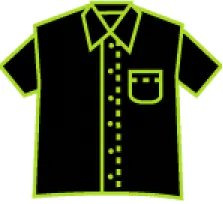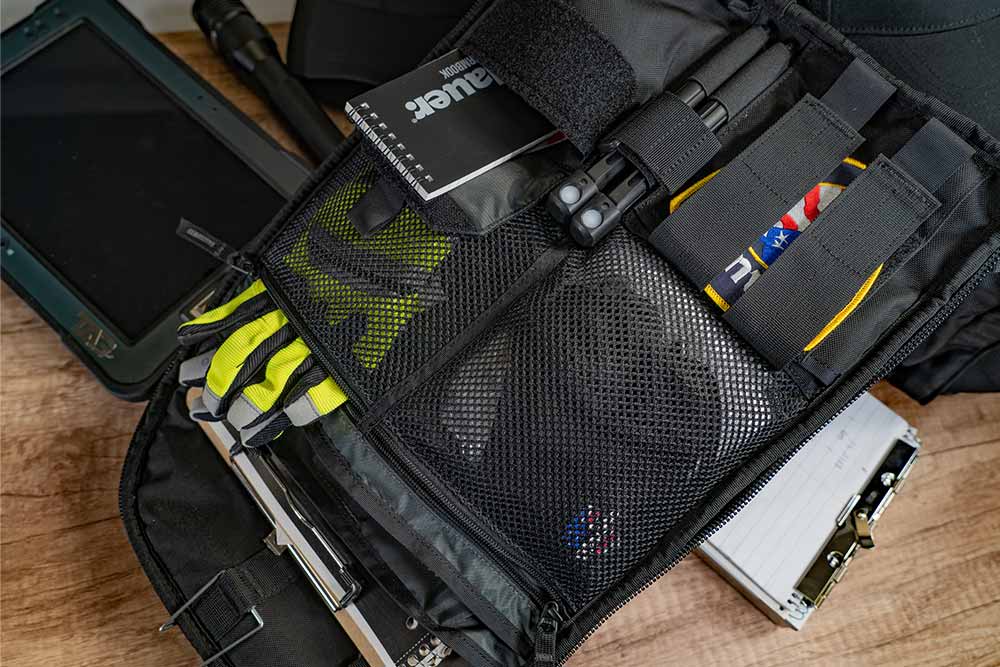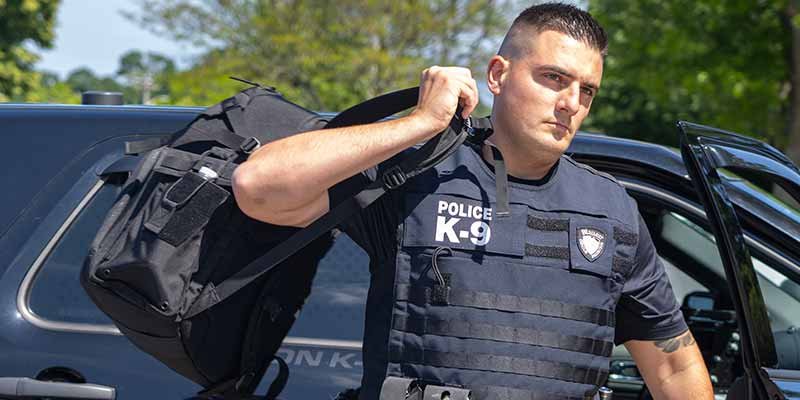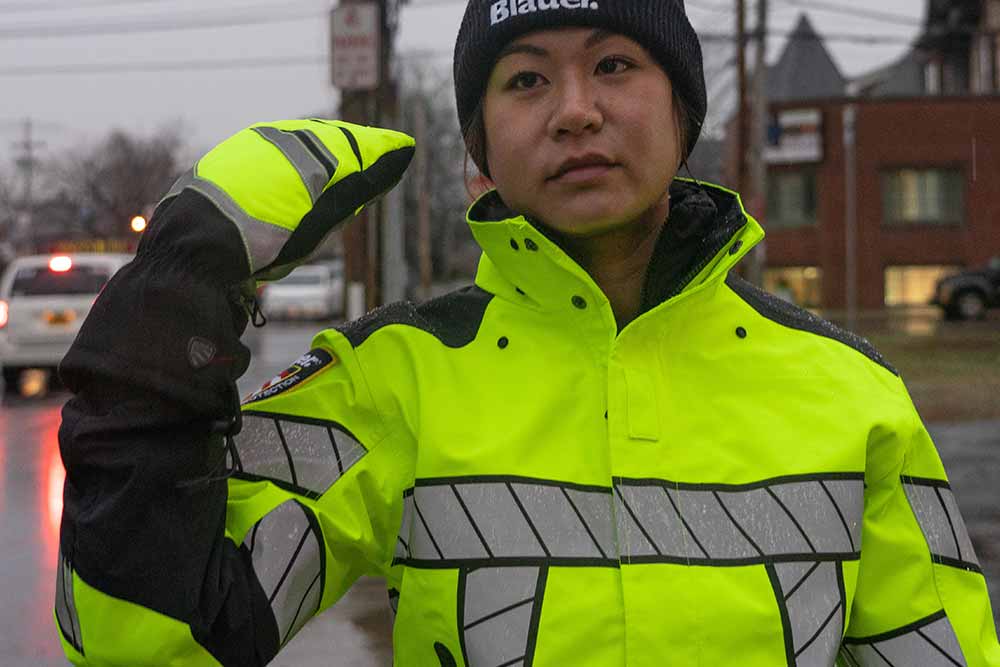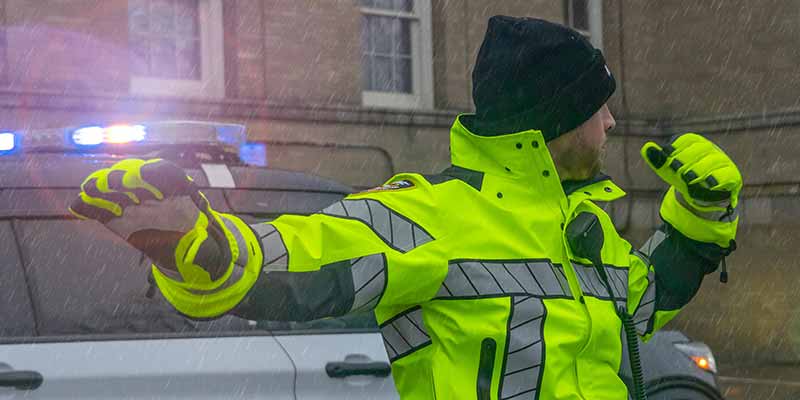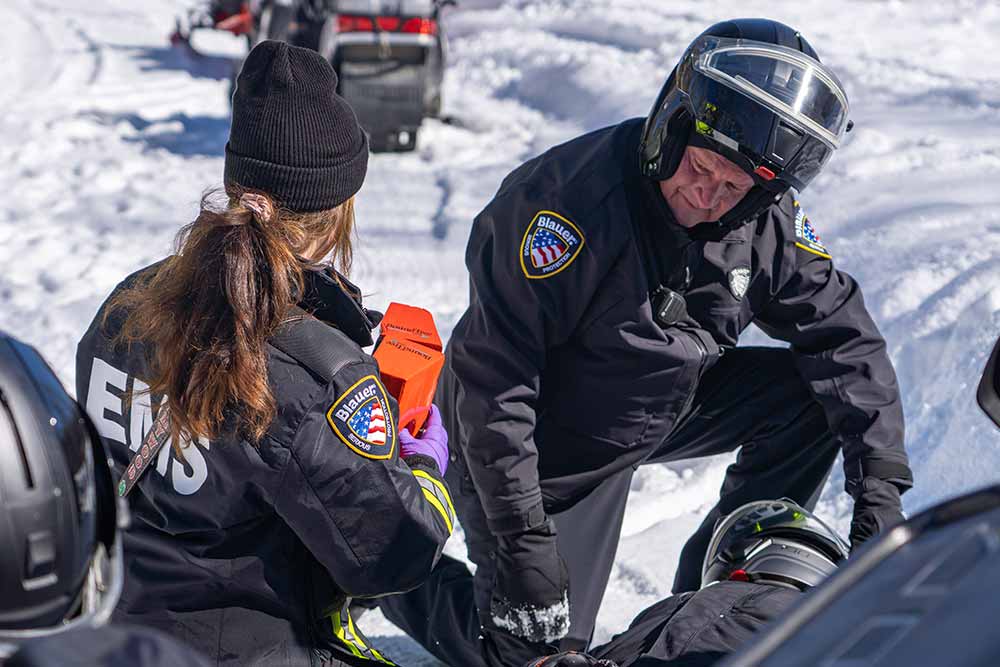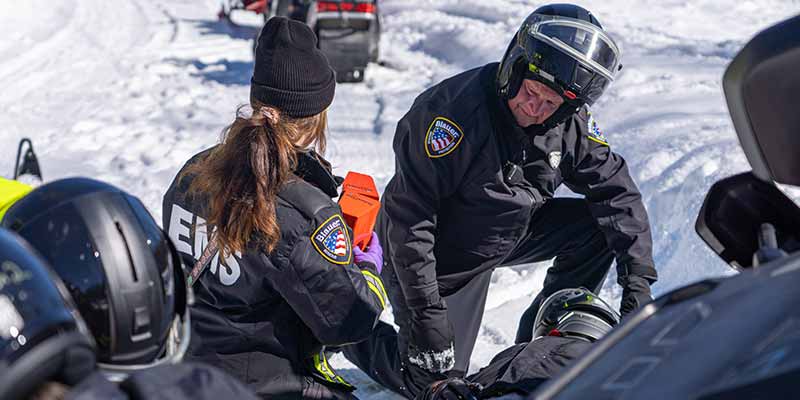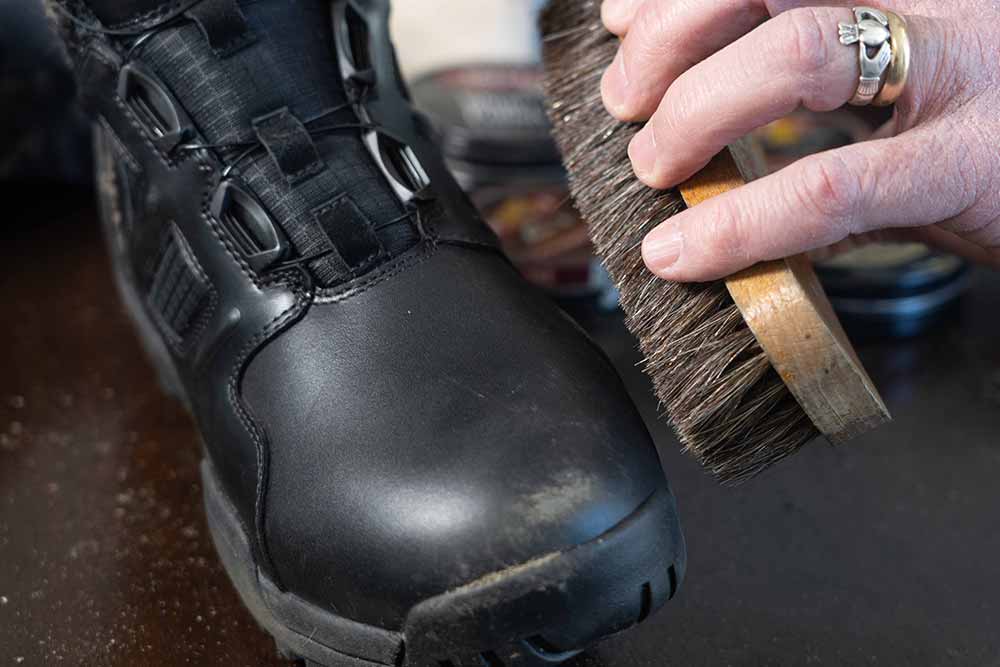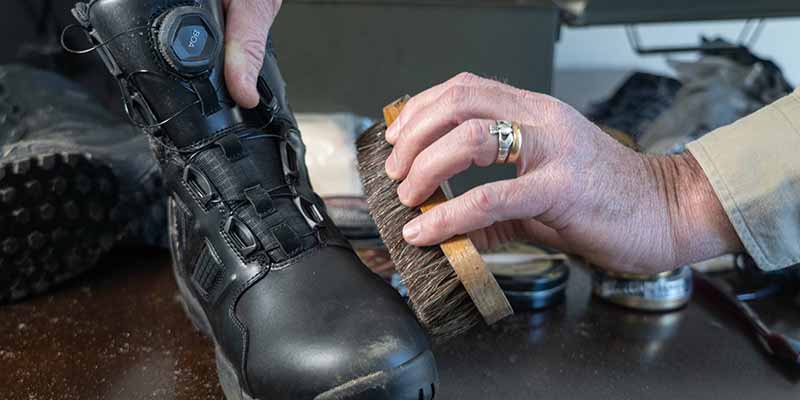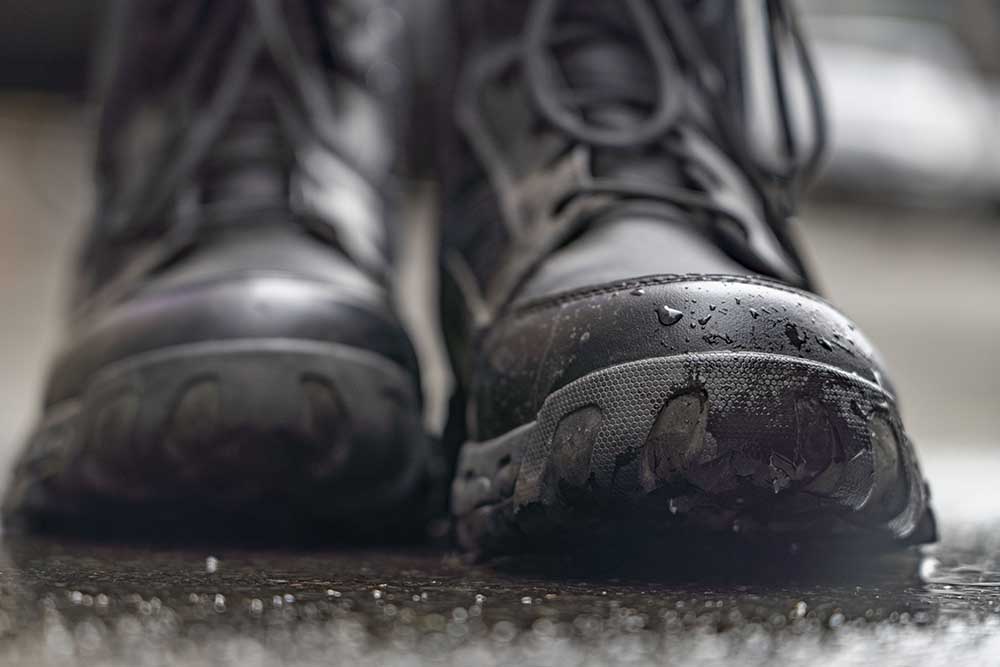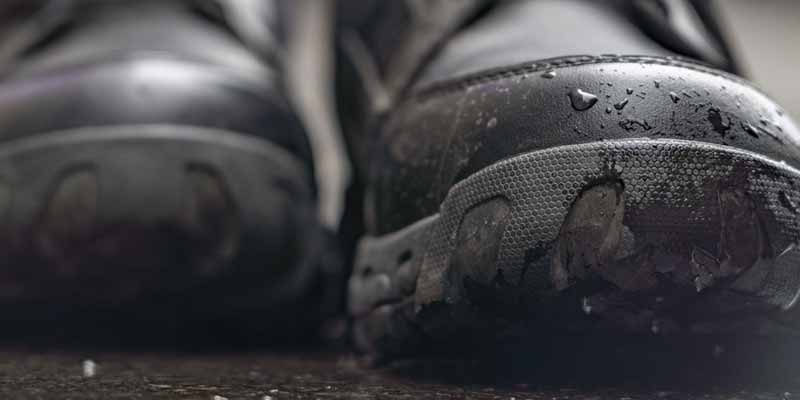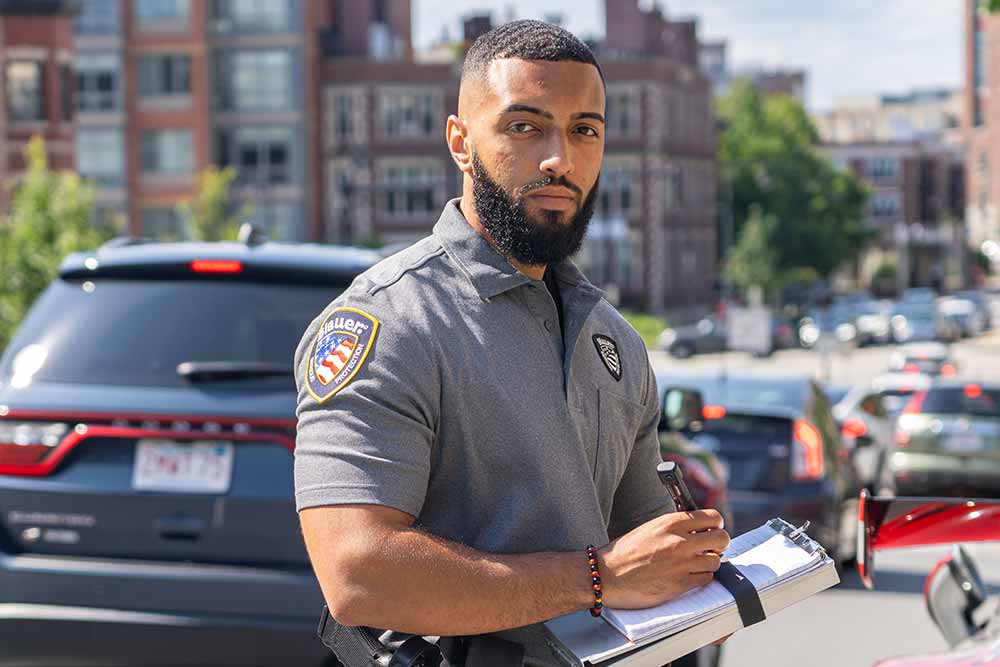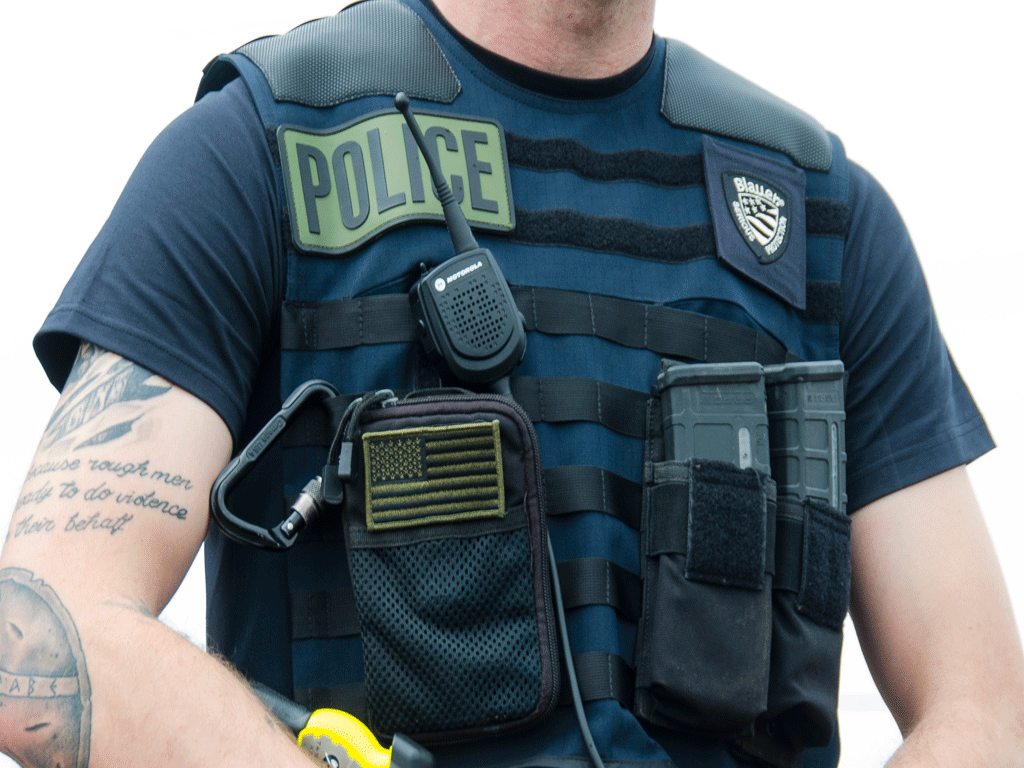Blog
Drafty Windows - By Tim Cotton
My first house was built in 1865. So it was about 100 years old when I was born, and aged gracefully while I grew up. The deed became mine when in was in my mid-twenties. I always told people the place had been pre-owned. A lot.
We bought it in the fall of the year; the heat source was only wood. Two Vermont Castings iron stoves belted out a creaking, crackling song as hardwood became smoke, ember, and ash.
The wind whistling through the old window frames and loose panes as sparsley insulated walls gave those stoves all the oxygen they needed for a good burn. Strategic sitting was required to avoid a draft on your neck or your ankles; usually at the same time.
I was young, broke, dumb, and happy.
My lady-friend, later to be called Mrs. Cotton, was a scavenger of formerly well-loved furniture. She found a good used couch and chair; both were uncomfortable.
She was finishing her degree and stopped by from time to time to replenish the bare cupboards
The Storekeeper - By Tim Cotton
Pete, the clerk at the Quik Pick, saw him pulling in at 0237hrs and rushed across the store to the four-pot coffee maker. Pete prided himself in making fresh coffee for customers.
Bunn coffee machines are guardians against the slowly creeping sleepiness which haunts those who work late nights and early mornings.
Similar stainless-steel sentinels stand watch in small stores all over America. With a little coaxing from Pete, this Bunn made the best coffee in town.
Incidentally it was also the only coffee in town at that hour.
Pete made sure the machine was kept clean and that the pots were always spotless. He worked 6 nights a week, didn’t talk much about his past life as a bookkeeper, and always said, “God rest her soul” when he spoke of his wife.
The widower’s boat shoes- a Dexter Shoe Company staple- had come apart about five years before.
"19 Days" - By Lt. Tim Cotton
She called a couple of weeks ago - I didn't call her back. The latest message indicated she understood that I was a busy guy and that she wanted to try me again. She asked that I please return her call.
Her name was not familiar to me, but I jotted it down and listened to her phone number- twice- before deleting her pleasant sounding voicemail. She went to the bottom of a list of five names. I would call her back after the morning meeting.
It irked me that I had not written it down the first time she called. I didn't recall the name, and there was the chance that I haphazardly smacked the button I refer to as “Old number 7” which is a magical device that deletes voicemails - sometimes unintentionally - before I listen to them.
I searched around in the crevices of my mind to determine if I was supposed to know her name. I came up blank, like a black slab of slate with nary a stick of chalk in sight; I could only picture the faded lines of other messages
 Tactical
Tactical Gear Guides
Gear GuidesWhat Are BDU Pants and Shirts?
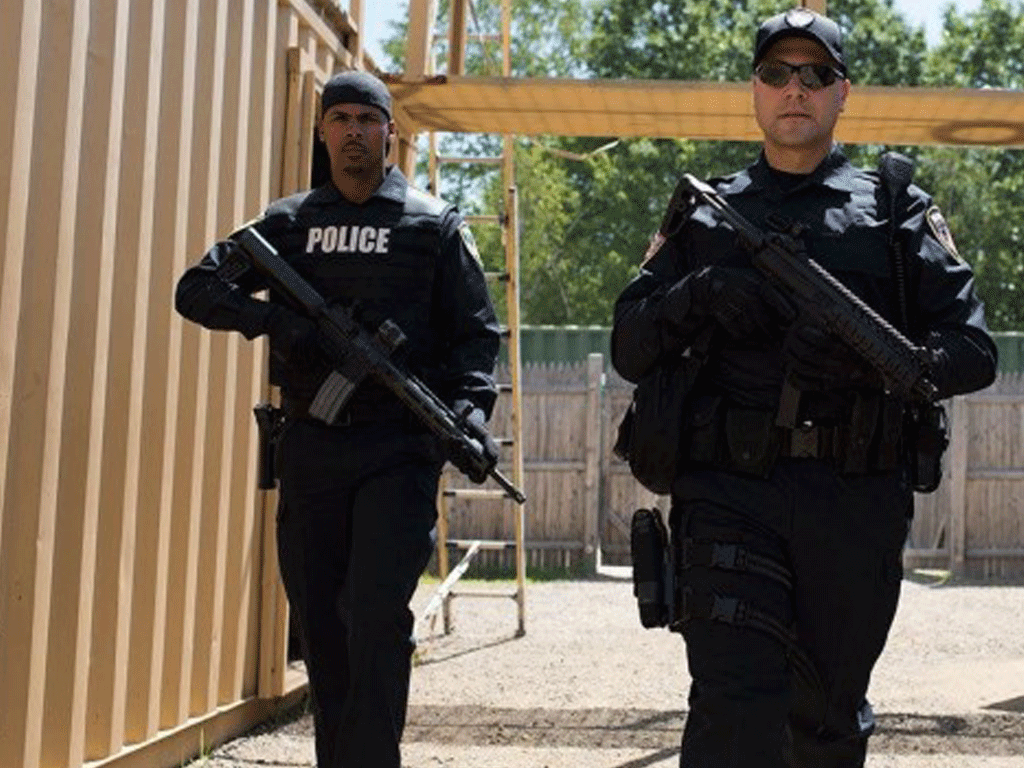
Just because something is a pair of black tactical pants or a shirt doesn’t make it a true BDU, or Battle Dress Uniform. Many times, the two get confused as concepts, so today we’ll discuss what makes something a BDU as opposed to simply a pair of cargo pants or a shirt that has extra pockets.
The concept of the Battle Dress Uniform came about in the 1980’s and was driven by the need for a more functional uniform for those in the military with a more advanced (for the time) camouflage pattern. It is characterized by a general fit made to accommodate a wide variety of body shapes, specialized pocketing providing multiple easy-access options for storing gear and equipment, and a design built to ensure the wearer’s range of motion across a wide variety of activities. It is also typically made from a fabric intended to combine performance characteristics between environments and seasons, with the intent of providing year-round protection and comfort as best possible.
Firefighter Uniform Options: What to Wear at the Station
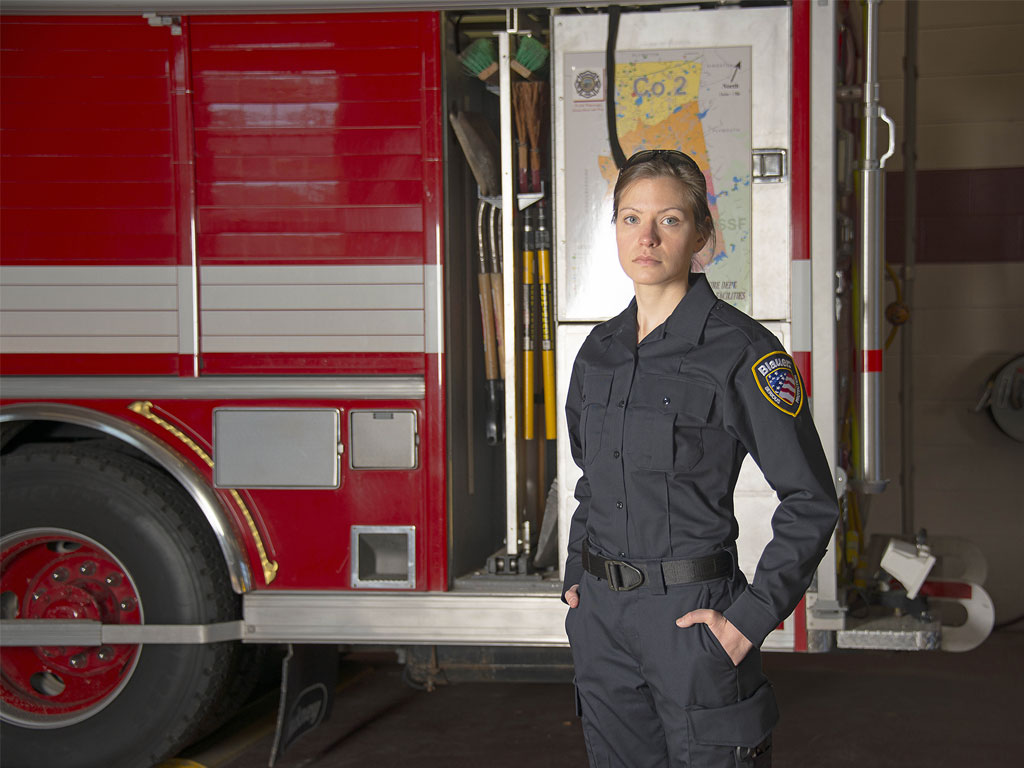
When you’re on call, or at the station, for 24 hours at a time, you need the most comfortable option you can get. Going outside and facing the public, however, you still have to look professional and presentable. So how do you find the right mix, and the right look, for your department? Let’s discuss.
What Is Station Wear?
Depending upon who you ask, the term “station wear” can mean anything from a t-shirt and shorts (NFPA compliant cotton, usually) to full-on Nomex FR uniforms in a Class A style. The difference between the two is more than just looks, however: the NFPA 1975 standard splits them up into uniforms that are heat-resistant (your basic cotton department t-shirt) and flame resistant (Nomex, Kermel, or other fr clothing materials.) There’s a big difference between the two, and deciding which one is right is a good first step towards making an informed choice – for a study on what happens with a cotton uniform versus a FR uniform, check out
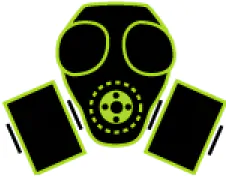 EMS/FIRE
EMS/FIREEMT Uniforms: More Than Just EMT Pants
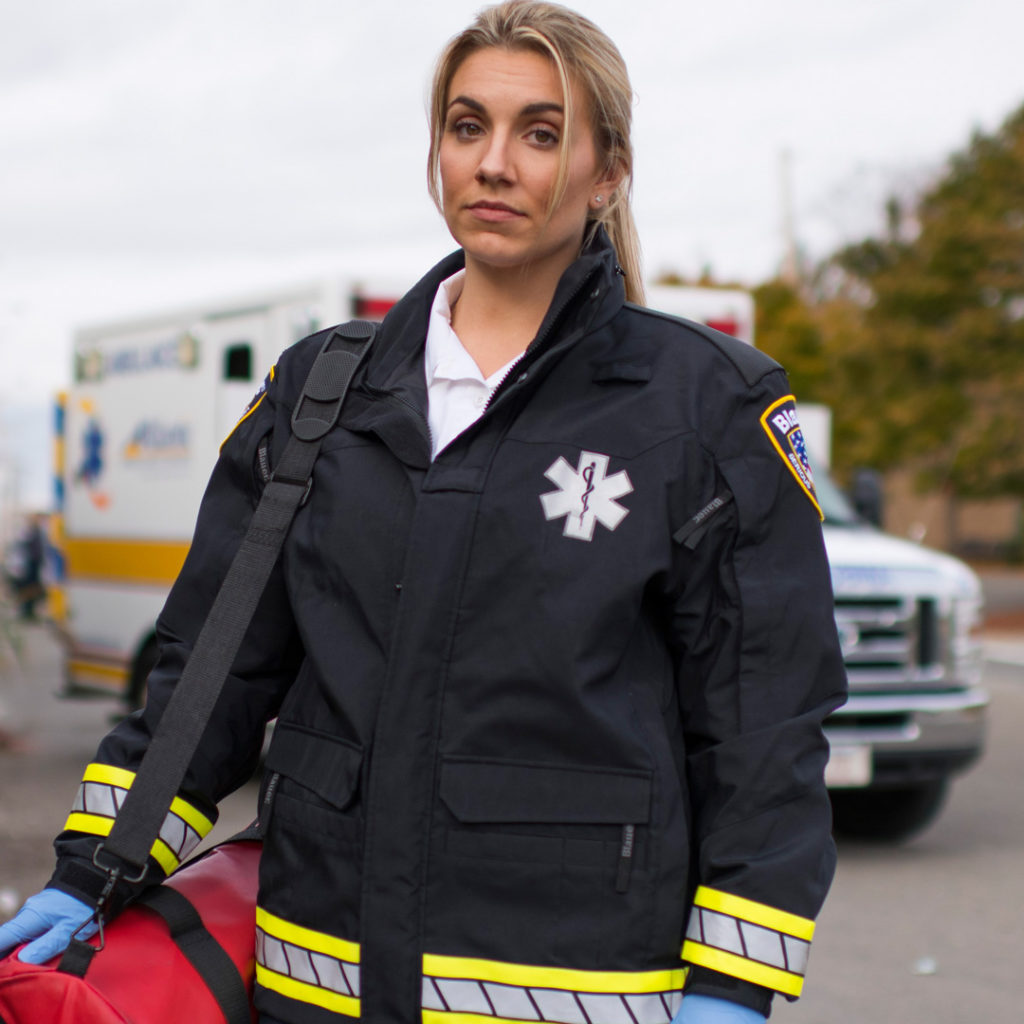
Everyone knows about EMT pants as a concept – lots of pockets with places for your trauma shears, an OPA, and the ever-necessary emesis bag. But there’s much more that goes into making a good EMT uniform – one that will help protect you from the fluids, general nastiness, and safety hazards that you’re going to encounter as part of your day-to-day role. Today we’re going to go through from top to bottom to give you an overview of how you should dress to give yourself the best “BSI, Scene Safety” possible every day.
The Scene Is Safe?
Most of us think about the concept of being safe in terms protecting ourselves with BSI such as gloves, masks, eye protection, or other PPE that shields our exposed skin, as well as by being aware of threats to our personal safety which originate from violence or vehicles. That’s well and good, but what about how well your uniform protects you from any of the above?
Let’s start with your feet. You will step in some
 Tactical
TacticalMy Aching Back: Avoiding Injury from Duty Belts
After a few years of toting a duty belt and driving a cruiser you start to feel it. The workout routine helps, as does the constant shifting and movement of the belt when standing. Still, the job is taking a toll on your low back and posture.
Maybe you saw a chiropractor or you try PT to get some relief, and maybe it worked for a while, but after a long detail of mostly standing you start wondering how many years you have left.
Why do so many law officers have bad backs? It’s a combination of stress of the job, equipment load, odd shapes of the gear and its holders, and postural changes caused by driving for hours at a time wearing the gear. Dr. Ian Rassel, a West Coast Chiropractor, has treated many LE back injuries and explains the cause in this video.
Back pain is a complex problem and there is no simple solution. However, we are approaching a time where a majority of the younger law officers
 EMS/FIRE
EMS/FIRE Gear Guides
Gear GuidesTactical Boots for Women: Finding the Shoe That’s Right for You
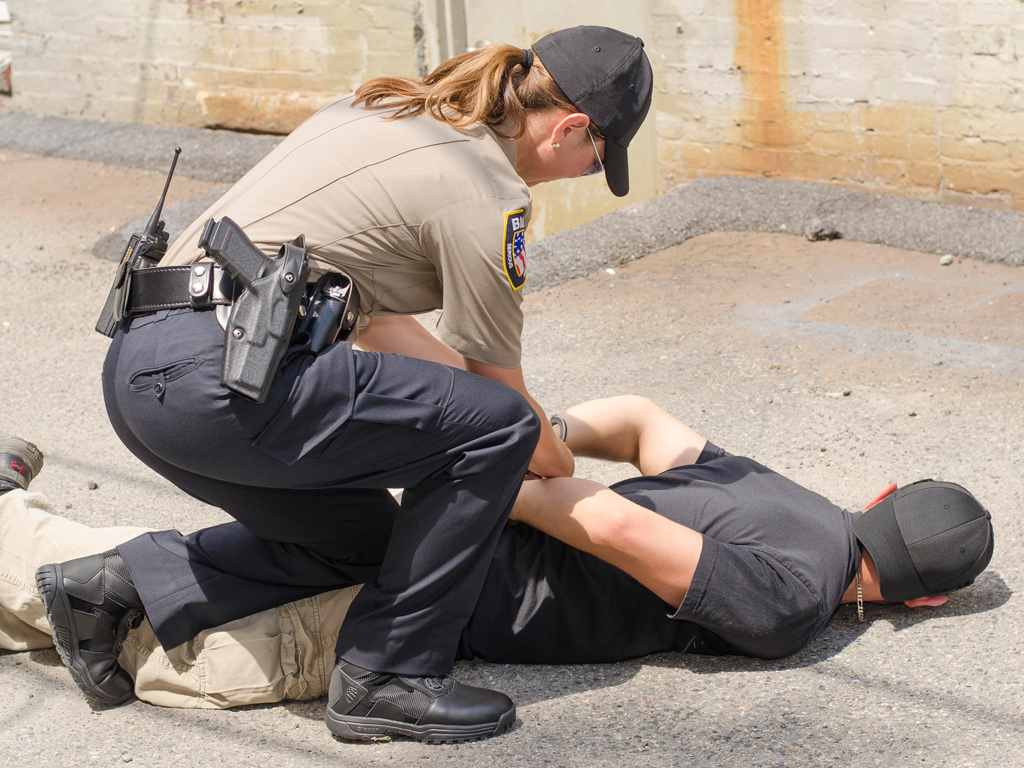
By Abby Gallagher, Blauer
A problem that we see in the law enforcement industry today is that women are underrepresented - something reflected in their available uniform choices, particularly in women’s tactical boots. In 2008, women accounted for 16% of all full-time local police officers, according to the Bureau of Justice Statistics. Since female officers wear their uniforms every day to protect themselves, they deserve to have their gear tailored to fit their bodies - whether you are a man or a woman, you are an equally valuable asset to your team and your tactical gear should reflect that.
Blauer was the first company to create law enforcement uniforms specifically tailored for women, and we have continued to do so for over 40 years. Over the years and continuing today, we've teamed up with real public safety professionals, scientists,
 EMS/FIRE
EMS/FIREPolice, Fire, and EMS Uniforms Built for Women
For years, police uniforms were designed only for male officers. Female officers were forced to make do with uniforms designed for men, resulting in their often wearing ill-fitting and uncomfortable clothing. Wearing a men’s uniform may result in an unprofessional appearance due to the poor fit, and can possibly significantly hinder a woman’s performance and mobility on duty by not moving with them naturally.
For more than 40 years of their 80-year history, Blauer has been making women’s styles for law enforcement, and continues to innovate in creating better uniforms made just for them today. With female officers accounting for 13 percent of the nationwide police force, women in law enforcement can now take advantage of the fact that uniforms and equipment are now created with their needs, comfort, and performance in mind.
Made To Fit
What are the fundamental differences in designs between men’s and women’s uniforms? First, men’s uniform shirts
Uniform Classes – What’s the Difference Between Class A, Class B, and Class C?
Whether referring to a military establishment or local first responders within a municipal or state agency, uniforms play a pivotal role in fostering a sense of unity and camaraderie among agency members. Police uniforms, firefighter uniforms, EMS uniforms and other first responder uniforms serve as potent symbols, not only communicating a sense of discipline and authority to colleagues, allies, and those subject to law enforcement, but also bearing the capacity to delineate rank, years of dedicated service, specialized assignments undertaken, and meritorious achievements throughout one's career. From a practical standpoint, uniforms establish almost a visual hierarchy, ensuring prompt recognition of commanding figures across diverse scenarios.
Most military and paramilitary (police) uniform services have at least three uniform classifications; Class A, Class B, and Class C. Class A uniforms are more formal and include a dress jacket, dress pants and custom insignia communicating
How to Stay Cool with Summer Police Uniforms & Gear
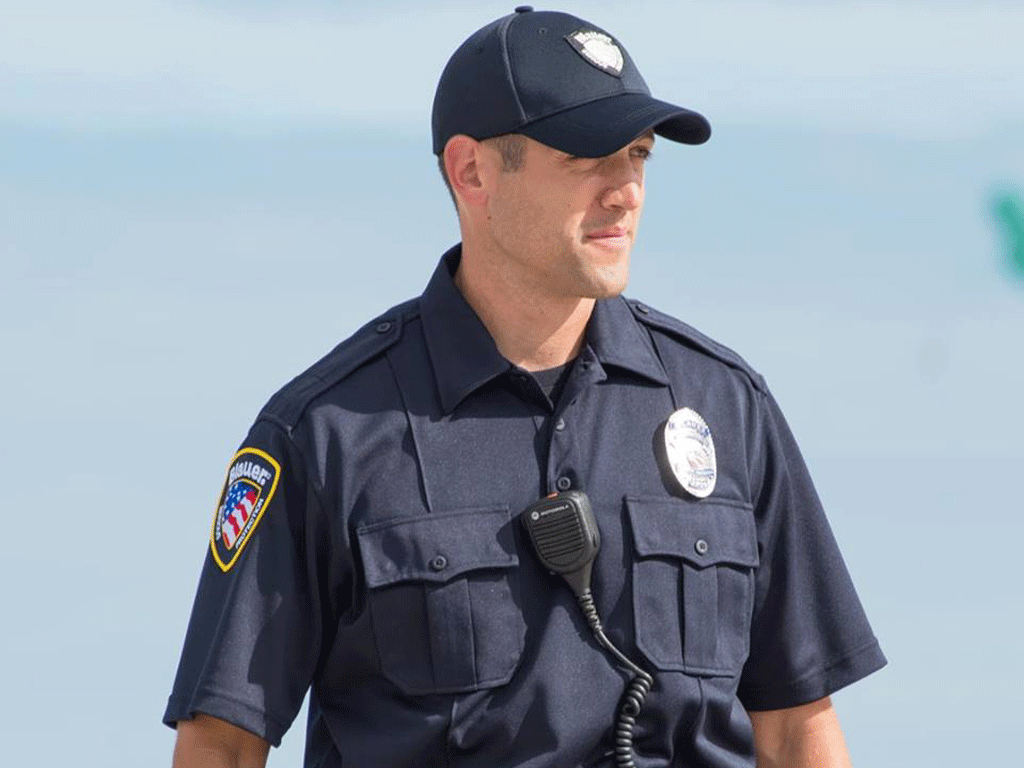
Lightweight, breathable clothing is critical when temperatures start to rise. Some officers in beach communities and more arid regions may even wear summer uniforms year-round. For public safety professionals and police officers, summer wear should keep you cool but maintain the professional look of the traditional uniform. If your department allows seasonal uniform change or you wear a modified summer uniform daily, there are a few important features to look for. Here are the most important components of summer police uniforms and accessories:
Materials Count – Look for Cotton, Mesh, Rayon, and Lightweight Polyester Uniforms
The first step to transitioning into your summer police uniform is trading the long-sleeves and layers for a short-sleeve garment made of lightweight fabric. For jobs that require a traditional dress uniform, look for shirts constructed with moisture wicking fabrics and breathable mesh side panels like
Tactical Body Armor Carriers – Finding Your Best Fit
Soft body armor has become part of the standard uniform for law enforcement and police officers. It can protect you from dangerous situations and has proven to save the lives of many police officers in the United States. As body armor becomes an everyday garment for law enforcement, it is important to understand both the protection level of your armor and how to wear it with an external tactical vest carrier.
NIJ Standard 0101.06 for Personal Body Armor
The current NIJ (National Institute for Justice) Standard 0101.06 sets requirements and tests for the ballistic resistance of personal body armor. The NIJ Body Armor Classifications place personal body armor into five types based on the level of protection – Type IIA, Type II, TypeIIIA, Type III, and Type IV. Each type of body armor is proven to withstand the threat of a certain ballistic weapon. Most law enforcement
The (Often) Forgotten: EMS in America
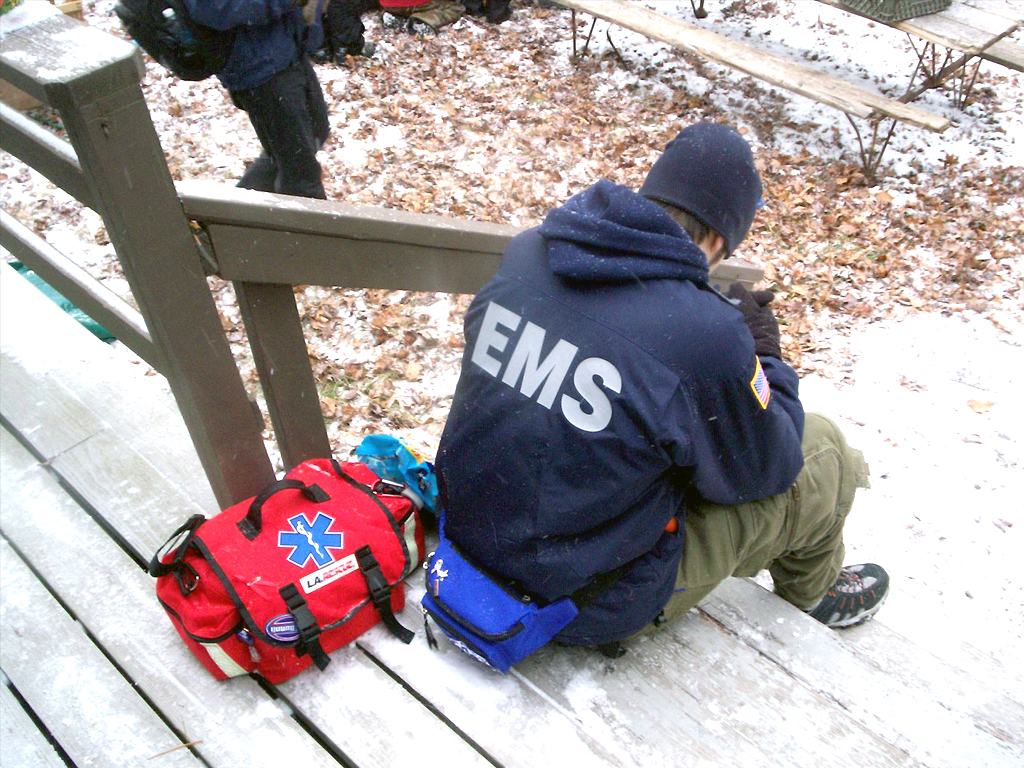
We’ve all seen it. A news story comes on about a recent public safety incident, and while police and fire are mentioned, EMS is completely left out except for maybe a shot of an ambulance on scene. Now, while none of us does what we do for recognition, for a lot of us things like this still sting pretty sharply. We are, after all, out there on scene helping to prevent disability and to (sometimes) save lives, but more importantly than that, we in EMS are a key component of any public safety response in which we are involved – sometimes the key component given the call nature – and the time has long since come and gone when we should be recognized for the role we play in serving the public.
Unfortunately, however, we still often find that we’re left on the backburner, even when it comes to those most serious of incidents, and as a result oftentimes feel as though we are “the forgotten” when it comes to public safety in the US. (For instance, we still don’t have a national
Going Modular: Preventing Lower-Body Injuries for Officers
The bane of existence for the lower back, hips, knees, and ankles of every cop in modern history has been the duty belt. For most of us, the ever-increasing amount of gear that we have to strap onto it has led to a point where it sometimes feels like we’re carrying around a kettlebell for 8-16 hours at a time, except it’s teetering on our hips.
Some (probably most of us) may not realize just how heavy it is, however, because we just sort of accept that it’s what we have to wear. As such, I’d invite you to try a little experiment: the next time you put yours on, try holding it up with one arm for a minute or so first, and you’ll realize pretty quickly just how much weight is being loaded onto your lower body every day.
With that much pressing down as we walk around, it’s not surprising that the vast majority of injuries which officers sustain happen from the lower back on down . One study showed that roughly 86% of officers suffer, for example, from lower back pain – caused
The Great Debate: Over Or Under Shirt Police Vest Carrier Choices
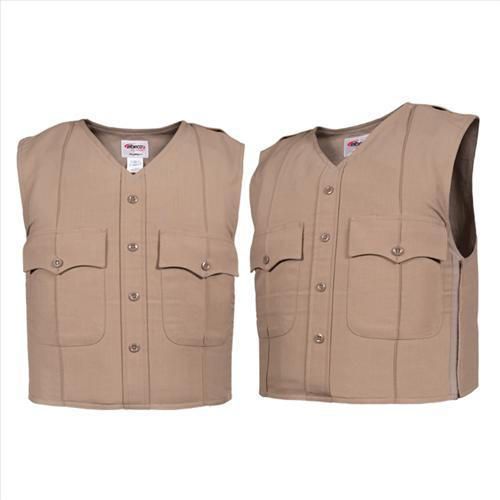
It doesn't matter if you are on patrol or doing end of shift paperwork, the conversation of those around you is sooner or later to be about the pluses and minuses of either switching to another police vest carrier or sticking with the style that you are currently using. The funny thing is, with today's engineering and the newest fiber technologies, the choice between the two are really a matter of fashion.Police Vest Choice Is A Fashion StatementWe're not talking boa feathers and high heels here, but there is a definite style sense discussion that shows through when you hear the talking points from different angles.Some of the rough and tumble types still stick to their guns and prefer to choose by strictly utilitarian reasons, but their most requested must haves now come in brown, black and blue.The Under the Shirt Police vest Carrier
There are the under the
Advantages of a Police Outer Vest Carrier
A recent trend among many police departments is the inclusion of a tactical police outer vest carrier. Some departments, instead of allowing the choice of an inner or outer vest carrier, are moving exclusively to the outer vest system. While each department's specific needs are different, there are many advantages of switching to, or allowing outer vest carrier systems.
There are several practical advantages that patrolmen will immediately notice when wearing a police outer vest carrier. The first advantage is comfort. Because the vest is worn outside of the uniform, it becomes easier to adjust throughout an officer's tour of duty. Officers who work in areas that become particularly hot will be able to remove the vest to provide relief as well (though this should only be done in safe, secure areas).
Officers will also be able to lighten the load of their duty belts. Many tactical outer vest carriers include


